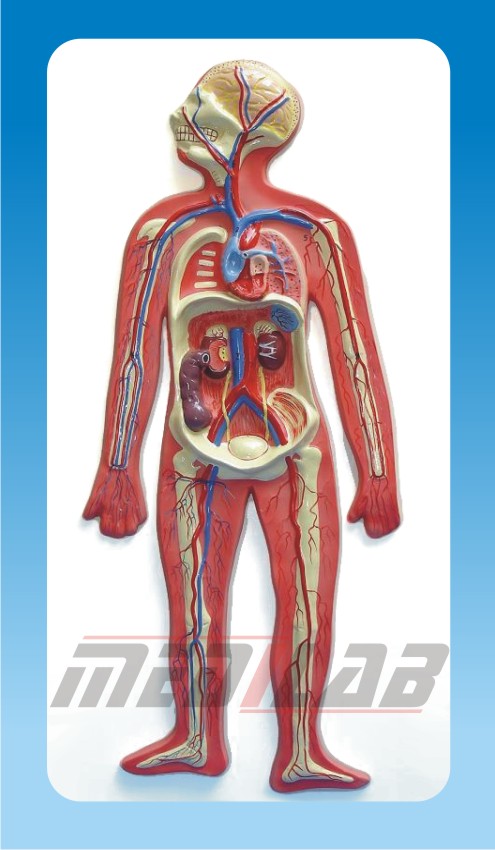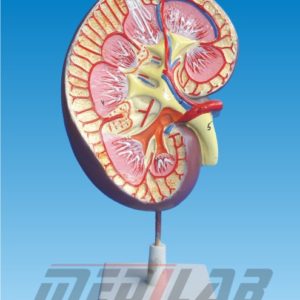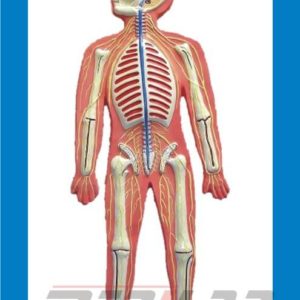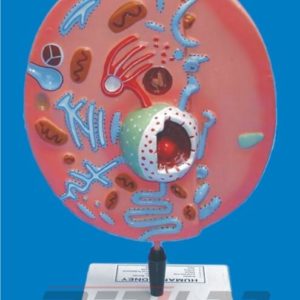Description
A Human Circulatory System Model is a crucial educational tool used in medical schools, biology labs, and healthcare training to study blood circulation, heart function, and major blood vessels. These models provide a clear visualization of how blood flows throughout the body, aiding in a better understanding of cardiovascular anatomy and physiology.
Features of a Human Circulatory System Model
- Detailed Representation – Shows the heart, arteries, veins, and capillaries.
- Removable Parts – Some models include detachable heart sections to study chambers and valves.
- Color-Coded Vessels – Arteries (red) and veins (blue) for easy identification.
- Material – Made from durable PVC or flexible materials for realistic texture.
- Wall-Mounted or Free-Standing – Available as flat charts or 3D models.
- Labeled Structures – Numbered components for easy learning.
Types of Human Circulatory System Models
- Full-Body Circulatory System Model – Displays the complete blood vessel network.
- Heart & Major Blood Vessels Model – Focuses on the heart and its connections.
- Cross-Section Circulatory Model – Provides a closer look at arteries and veins.
- Flexible Artery & Vein Models – Demonstrates blood flow mechanics and vessel elasticity.
- 3D Transparent Models – Offers a layered view of circulation within the body.







